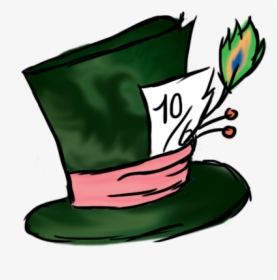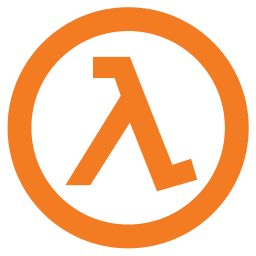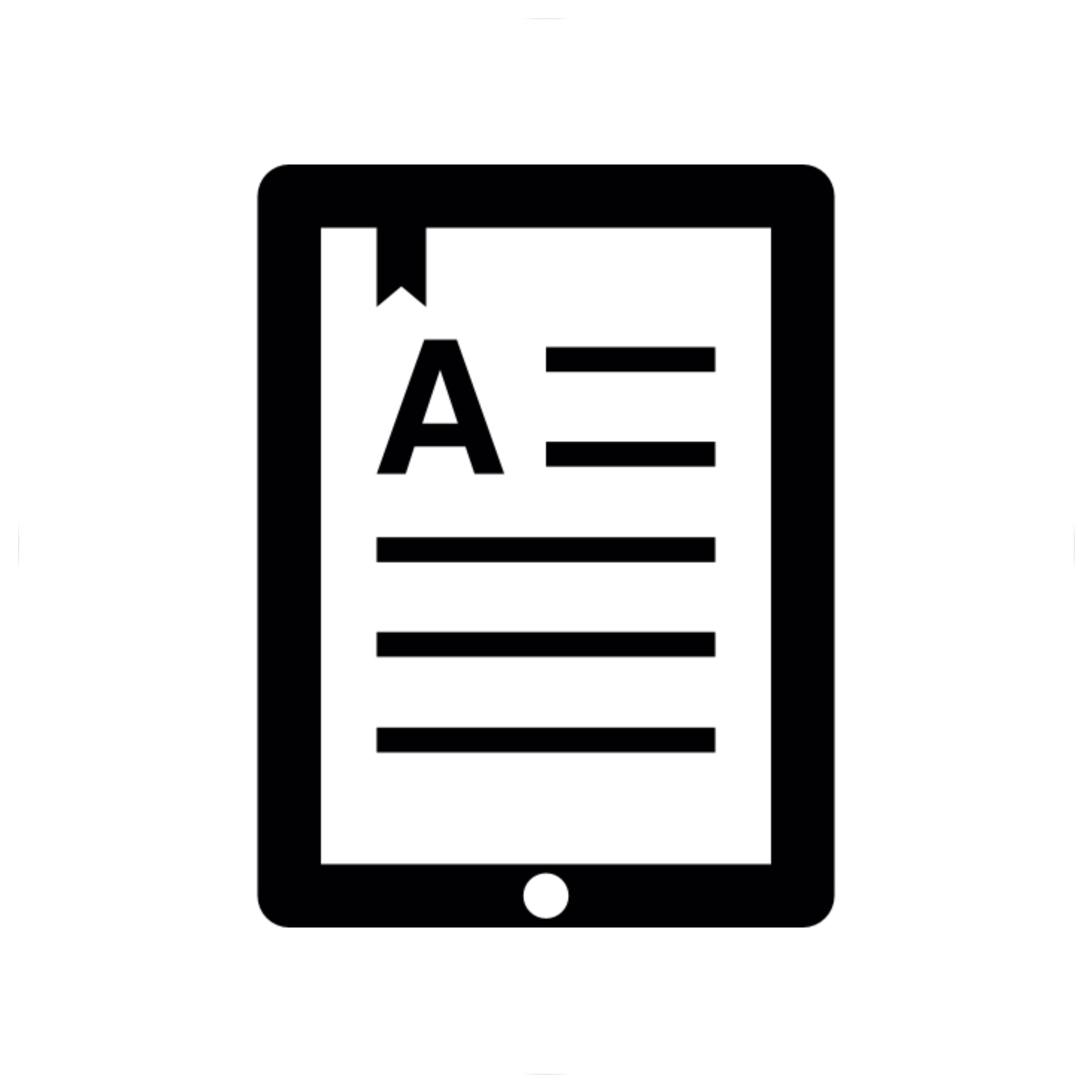

Remedy is making Codename Condor which is a co-op multiplayer game set in the Control Universe, namely in the Oldest House.
From Remedy’s business review JANUARY–MARCH 2024:
Codename Condor, a part of the Control franchise, moved to full production meaning it has reached the final development stage before a game is launched. Based on wide internal playtests, we can see that the core loop is engaging, and the game brings a unique Remedy angle to the genre.










American Healthcare